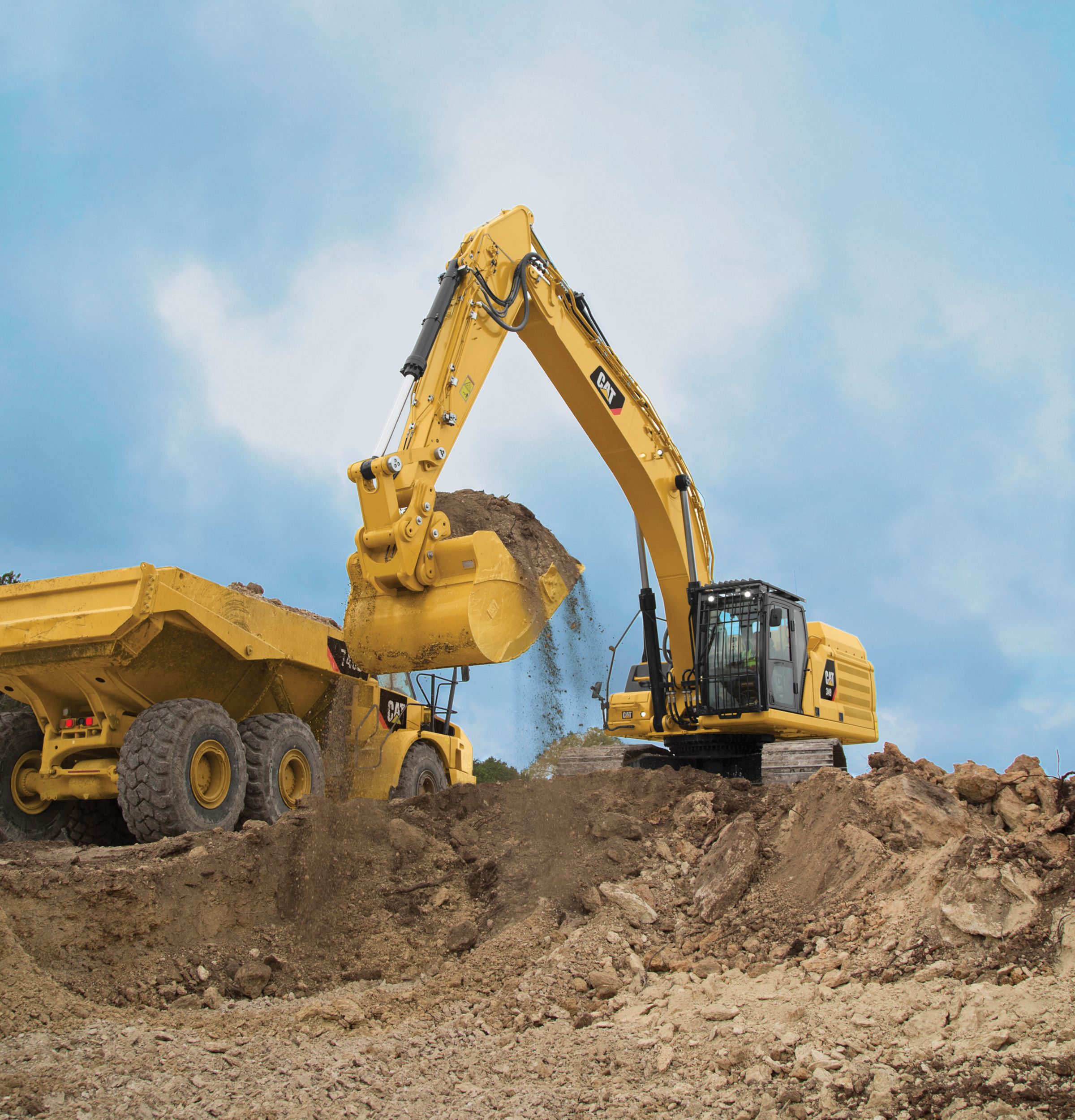Renting Out Vs. Acquiring Construction Equipment: Making the Right Selection for Your Job
When beginning on a construction job, among the essential choices that forecast supervisors and stakeholders encounter is whether to purchase or rent out construction tools. Both choices have their benefits and disadvantages, making the option a pivotal one in the project planning process. The choice pivots on various variables such as expense factors to consider, project duration, tools upkeep, danger, flexibility, and scalability monitoring. Each element plays a crucial function in determining one of the most appropriate path for the job's tools demands. boom lift rental. Allow's check out these elements further to understand how they affect the decision-making procedure and eventually the success of the task.
Expense Considerations
Renting tools usually needs lower first settlements contrasted to buying, making it an appealing alternative for short-term jobs or specialists with budget constraints. In the lengthy run, continually renting devices can accumulate greater prices than buying, particularly for extended tasks.
On the various other hand, buying building equipment includes greater ahead of time costs yet can cause lasting cost savings, especially for regular individuals or lasting projects. Owning tools supplies flexibility, ease, and the capacity for resale worth once the task is finished. Furthermore, owning equipment permits for customization and experience with particular machinery, possibly enhancing performance and productivity on-site. Inevitably, the decision between renting and purchasing construction devices depends upon the task's duration, frequency of usage, budget considerations, and long-lasting economic goals.
Task Period

Conversely, for lasting projects or continuous building work, purchasing devices can be the extra affordable alternative. Investing in tools can result in cost financial savings over time, especially if the tools will certainly be regularly used. Furthermore, owning devices gives a sense of control over its availability and enables customization to fit particular job needs.

Tools Maintenance
Provided the essential duty job duration plays in figuring out the most economical method in between leasing and getting building and construction tools, the emphasis now changes in the direction of analyzing the crucial aspect of tools upkeep. On the other hand, owning tools calls for an aggressive approach to maintenance to stop break downs, make sure security, and prolong the tools's life expectancy. Eventually, a well-maintained construction equipment fleet, whether rented or possessed, is essential for the effective and effective completion of building projects.
Flexibility and Scalability
In the world of construction devices monitoring, the facet heavy equipment rental of versatility and scalability holds significant value for project efficiency and resource application. Opting to rent out building devices provides a high degree of flexibility as it enables for the fast modification of tools kinds and amounts based on the evolving demands of a project. Leasing allows professionals to access a large range of customized devices that might be needed for details jobs without the lasting commitment of ownership. This adaptability is specifically useful for projects with differing needs or unpredictable durations (dozer rental).
Renting out construction tools supplies the advantage of easily scaling operations up or down as project needs change. Service providers can promptly add or trade equipment to match the task's transforming needs without the constraints of having assets that might end up being underutilized or out-of-date.
Risk Administration
Reliable risk monitoring in construction equipment procedures is paramount to making certain project success and mitigating potential economic losses. Building and construction jobs naturally entail various risks, such as tools break downs, accidents, and project hold-ups, which can substantially impact the project timeline and budget plan. By very carefully thinking about the dangers linked with owning or renting out building and construction equipment, task supervisors can make enlightened choices to minimize these possible hazards.
Leasing building and construction tools can supply a degree of threat mitigation by transferring the responsibility of repair and maintenance to the rental company. This can decrease the economic burden on the job proprietor in situation of unanticipated equipment failures (dozer rental). Furthermore, renting provides the flexibility to access specific equipment for certain task stages, lowering the risk of possessing underutilized equipment
On the other hand, possessing construction devices provides a sense of control over its usage and maintenance. Nonetheless, this also indicates birthing the full obligation for repairs, upkeep prices, and depreciation, boosting the economic risks connected with devices possession. Careful risk evaluation and factor to consider of factors such as project duration, devices application, and maintenance requirements are critical in determining the most appropriate alternative for efficient danger monitoring in building and construction tasks.
Conclusion
Finally, when deciding between acquiring and leasing building tools, it is very important to consider cost, project duration, equipment maintenance, scalability, versatility, and threat administration. Each aspect plays a critical duty in establishing one of the most appropriate choice for the task at hand. By carefully assessing these elements, project supervisors can make an educated choice that straightens with their spending plan, timeline, and total project objectives.
:max_bytes(150000):strip_icc()/Balance_Must_Have_Earth_Moving_Construction_Heavy_Equipment_844586-c5b6ac9e5c074c11ad41e9acaea8f099.png)